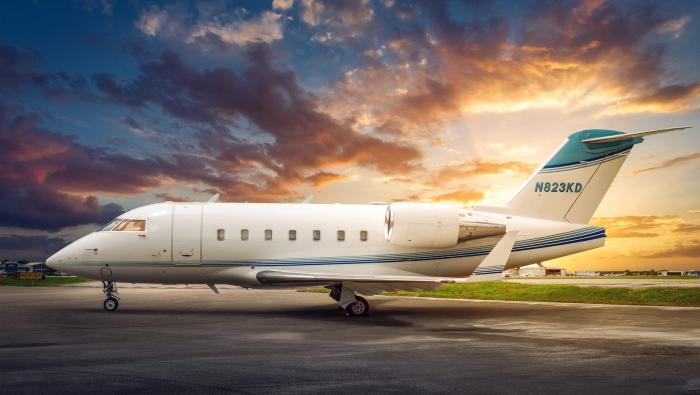More than 300 OEM, airline and aviation safety professionals gathered last week at the World Aviation Safety Summit in Dubai, where speakers underscored the need to share responsibility for ensuring that global safety standards meet those of the Gulf carriers, none of whom have suffered a single fatal accident. At the center of the discussion lay the disappearance of MH370 and the growing debate about how to manage flights over conflict zones and entering areas made dangerous because of the SARS and Ebola viruses.
“Aviation safety is not limited to territorial boundaries,” said Mohammed Ahli, director general of the Dubai Civil Aviation Authority (DCAA).
“Aviation safety has become a worldwide priority and aviators have many challenges to face. We need to respond to those challenges positively to strengthen the industry and to positively influence public perceptions,” he said.
One official said that it would prove premature to implement hard and fast rules on aircraft tracking, because new developments in technology constantly take place.
“There should not be a specific rule, because the technology continues to evolve and improve. What is required is to keep an open mind on what is happening and what is being produced,” said Hussein Dabbas, regional vice president, Africa and Middle East, the International Air Transport Association (IATA).
“Cost should not be a consideration for airlines when it comes to the safety and security of their passengers,” he added.
Captain Elias Sadek, vice president of safety and quality at EgyptAir, said the additional funds airlines spend on handling the consequences of aviation safety failures such as searching for lost aircraft should instead go toward improving safety.
“Regulators must make it mandatory for airlines to invest in improving safety technology and systems. We owe it to our passengers, consumers and families,” he said. “If there is no pressure, the funds will be spent elsewhere.”
“Demonstrating the return on investment for aviation safety is extremely difficult as the relationship between an action and its impact on safety is not linear,” added Ashley Nunes, an independent industry analyst from France. “There are multiple layers of defenses, checklists and automation that impact this causal relationship.”







